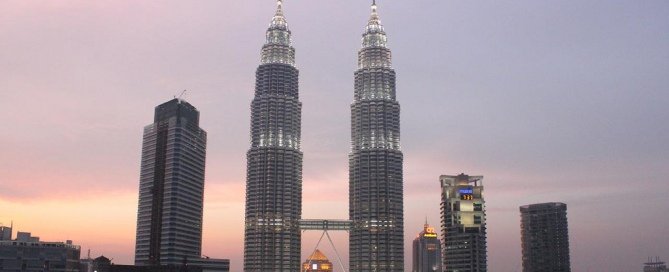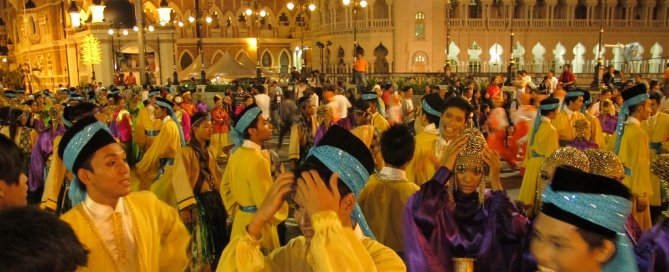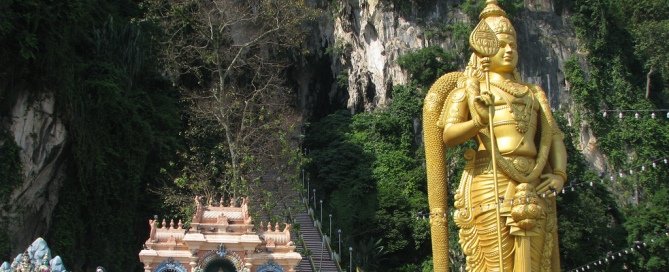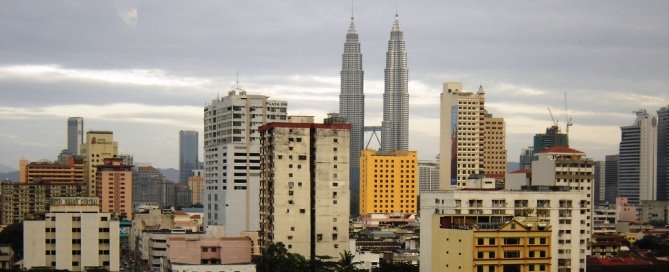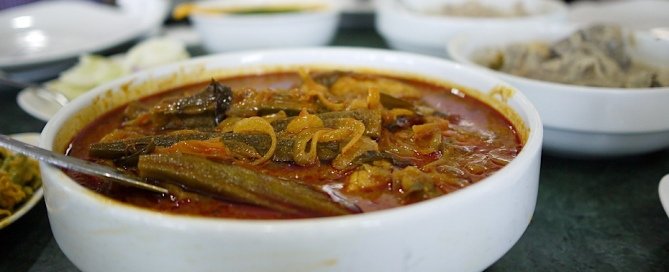Guide to Malaysia
Quick Facts
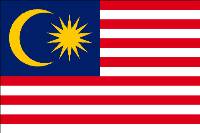
Population: 27 million
Major Languages: Malay & English
Currency: Ringgit
Calling Code: 60
Aboriginal Malays from southwestern China arrived in present-day Malaysia around 10,000 years ago. The region gained international attention upon Indian traders' visits in search for gold and tin during the 2nd century AD. Throughout the following centuries, various empires such as the Funan and the Srivijayan ruled "Malaya" with the support of the Chinese, who offered protection from the northern Siamese. It was around this time that Islam arrived and soon spread throughout the region.
As wealth and prosperity increased in Malaya, foreign powers fought for its control. Indeed, the Portuguese were the first to arrive in 1511, followed by the Dutch in 1641 and the British in 1795. The British government held control for the next two centuries, founding the Brooke dynasty and bringing in Chinese and Indians, which heavily account for the ethnic make-up of the current Malay population. In the Second World War the Japanese army invaded Malaya, Sabah, Sarawak and Singapore, occupying the region for over three years. Japanese rule fueled nationalism, with independence fervor strengthening after the Allied Forces reconquered Malaya.
In 1957, Malaya gained independence and autonomy was restored to the rulers of the Malay states under British protection. In the last few decades, Malaysia underwent a period of rapid growth and urbanisation that came to a halt with the Southeast Asian recession of 1997. Nonetheless, the 1981-2003 rule of Prime Minister Mahathir bin Mohamad witnessed successful diversification of the national economy and the expansion in manufacturing, services, and tourism.
Capital: Kuala Lumpur, best known as just "KL," has developed from a tin-mining shanty town into a modern 21st-century metropolis. KL currently boasts some of South Asia's tallest skyscrapers and attracts trade and investment at accelerating levels. Here, historic temples coexist with sophisticated shopping complexes and traders' stalls, faithful to the image of the Asian cyber-city. Most remarkably, however, KL functions as a cultural mosaic where Chinese, Indians and Europeans have all left a permanent imprint on society.
Government: Malaysia is a constitutional monarchy. The prime minister, currently Mohamed Najib Abdul Razak, appoints a cabinet composed of members of Parliament, which consists of a Senate and a House of Representatives.
Culture: The plurality of ethnic groups, cultural heritages and languages create a rich and dynamic national culture. Chinese and Indian influences remain particularly strong, although the Persians, Arabs and British have an equally indelible trace on Malay values and customs. This multiculturalism has persisted despite the government's resistance toward cultural assimilation of ethnic minorities. Thai and Indonesian influences can be found in traditional Malay music and performing arts, which rely heavily on the gendang (drum). English has also become a popular literary language, and Chinese and Hindi festivals are celebrated.
Malaysian Media
 |
|


